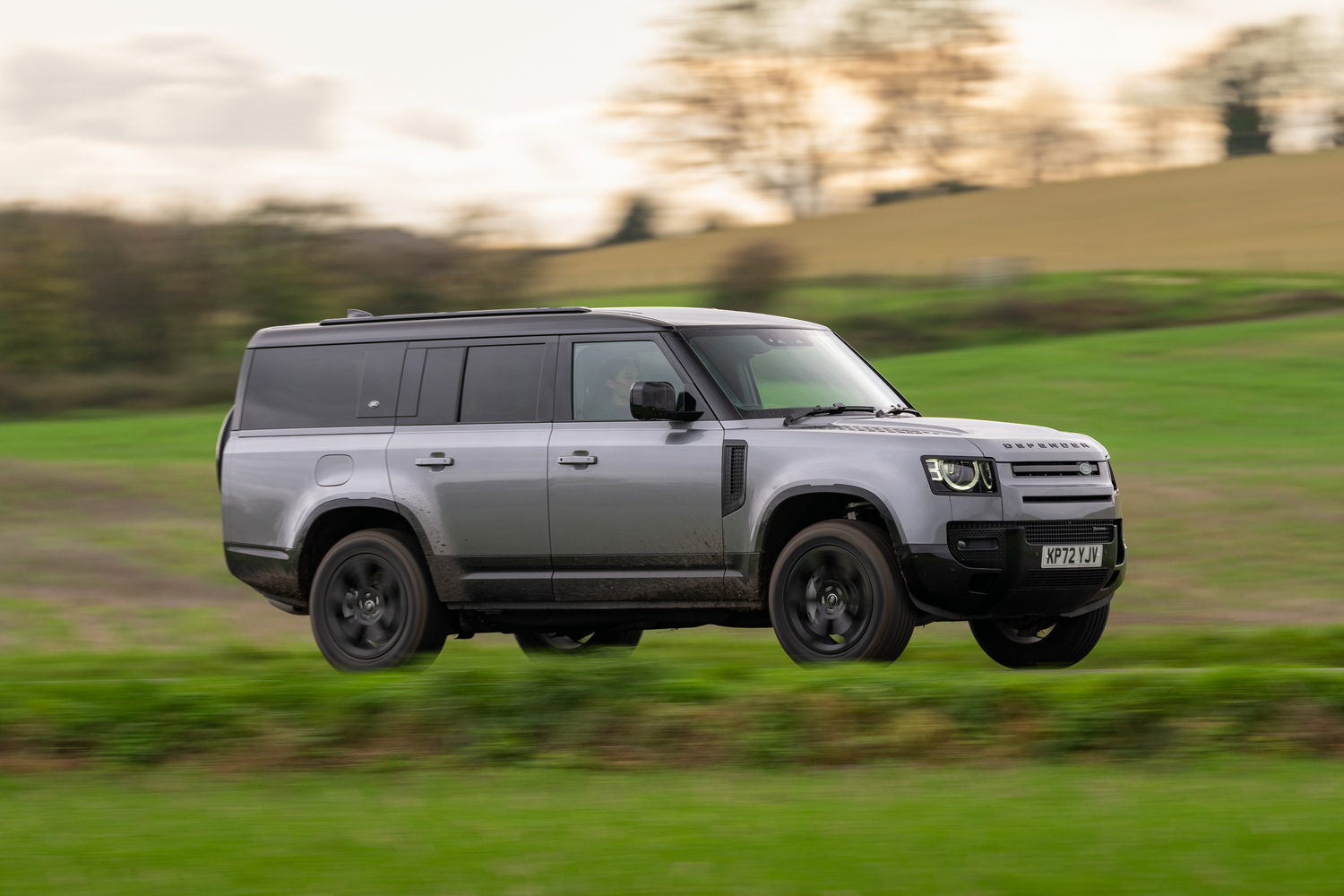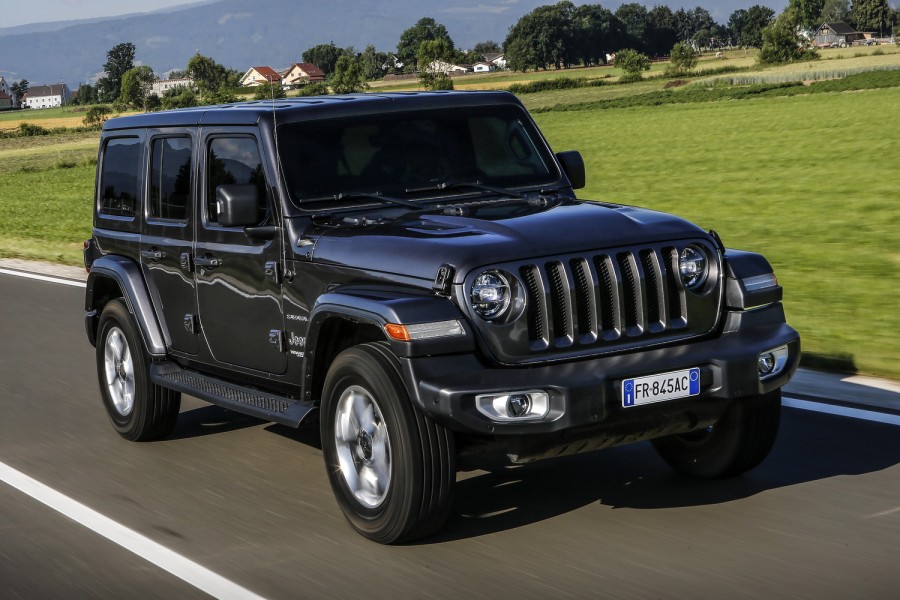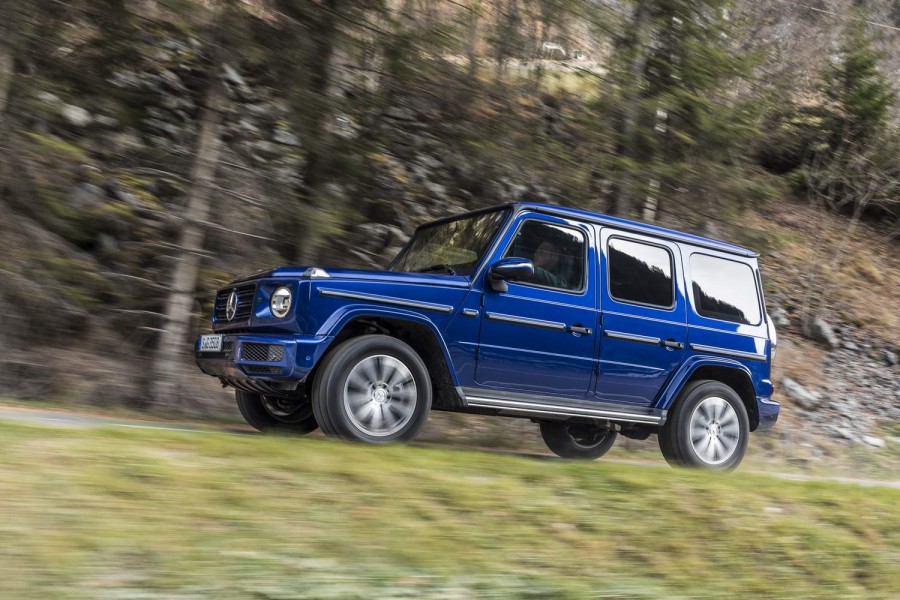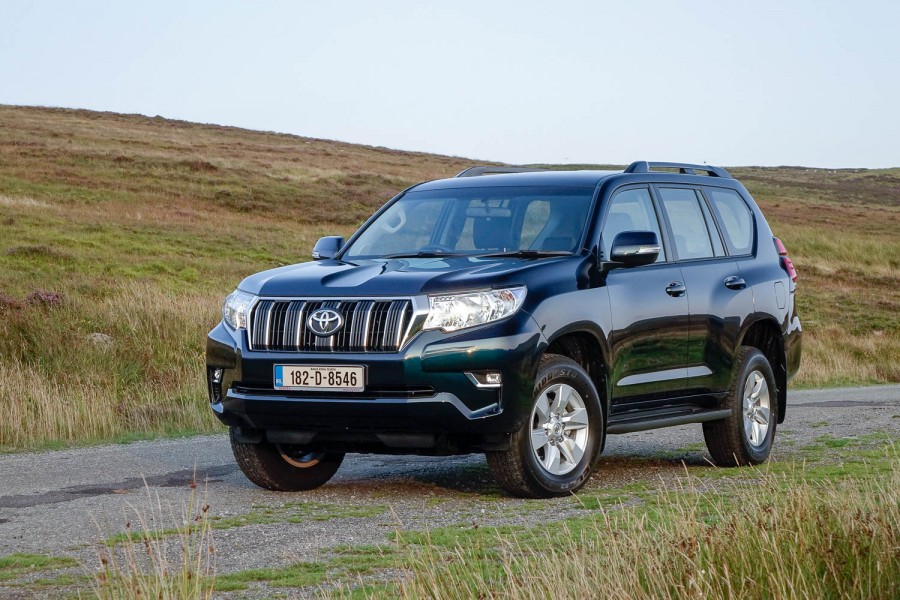After a few years on sale, the more stylish, more upmarket and more refined Land Rover Defender has found its place in the market, promising customers an abundance of capability and character without the rugged compromises of the old Defender. It has been a roaring success for a company that surely feels it can do no wrong at present, even if the Land Rover brand itself is taking something of a back seat. Back seats are something the new Defender 130 knows plenty about, because this is the biggest and most spacious Defender yet, and it's available with eight seats. The question is, will that make it the most versatile product in the Defender range, or should you stick with one of its shorter siblings?
In the metal
It might sound like a statement of the obvious, but the Defender 130 is nothing if not big. Even alongside the 110 model, which is not a small car by any stretch of the imagination, the Defender 130 is massive. Naturally, when viewed from the front, it looks much the same as every other Defender you care to mention, with its chunky styling and upright windscreen, but view from the side you can see the immense length of well over five metres. This thing is a whopping 34cm longer than a Defender 110.
The extra length adds presence and quite a lot of metal - there's a massive panel behind the back door now - but despite that the 130 still looks the business. Yes, it's a very different animal compared with the old long-wheelbase Defenders, but that was always going to be the case. What matters is that this car looks remarkably good considering the expanses of bodywork that have been added to the mix.
Inside, meanwhile, it's much the same from the driver's point of view. Sure, the view in the mirrors is a little lengthier - and it takes a little while to get used to the 130's length - but the dashboard is exactly the same and so too is the driving position. You sit quite upright, but that's fine, and you get a big digital instrument display and an even bigger central touchscreen. But the dashboard itself is pretty skeletal, with grab handles, shelves and a high-mounted gear lever all adding to the somewhat utilitarian design. It's quite useful, in a van-like way, but it doesn't feel quite as premium as the Defender's six-figure price tag would suggest. It doesn't feel noticeably more upmarket than a Jeep Wrangler, for example.
That's partly because the Defender is designed to hark back to its predecessor's utilitarian aspects, while still offering the quality premium-car customers seek. It's a difficult balance, and Land Rover's efforts are hit-and-miss at times, but the Defender manages it in places. The seats, for example, are pretty comfortable and nicely trimmed, but some of the cabin plastics feel as though they're designed for robustness more than tactility. Which is odd, considering the lightweight cheapness of the switchgear on the steering wheel.
Anyway, while all that is true of every new-shape Defender you'll come across, the 130 differentiates itself with the promise of ample space. Opt for a five-seat version and you get a simply enormous boot, measuring almost 1,100 litres, and that grows to almost 2,100 litres if you fold the second row of seats down.
Choose the eight-seater, though, and you get another row of three seats in the boot floor, and there's a good reason why we use the word 'in' rather than 'under'. That's because the third row doesn't fold under the boot floor, so you're left with this step in the load bay about 30cm from the back door. That said, the other seats all fold more or less flat, which aids loading once you've surmounted the initial edge, and boot space isn't too dramatically affected overall. You still get more than 1,000 litres of luggage space with the rearmost seats folded away, although that falls to less than 300 litres when they're raised.
What that means, though, is there's plenty of space for passengers. Normally, SUVs don't really offer those in the back all that much head- or legroom, but the 130 has enough room to carry six adults in relative comfort. Sure, those in the back won't be able to stretch out, but it should be fine for shorter journeys. Even carrying eight will be doable, although those in the middle of the second and third rows will feel a little short on shoulder room. Headroom is fine, though, and a sunroof above the third row makes the space feel reasonably airy.
Driving it
Irish Defender buyers get a choice of three engines: the D250 diesel, the P400 petrol or the P500 petrol. Because our test car came from the UK, it wasn't fitted with any of these engines, instead getting the D300 diesel that's the entry-level option over there. Still, it's basically the same engine as the D250 - a 3.0-litre, straight-six diesel with the mildest of mild-hybrid assistance - that we expect to be the big seller on this side of the Irish Sea, albeit with an extra 51hp.
Whether that power makes a massive difference, we can't really say, but we do know the D300 doesn't feel as fast as its performance figures suggest. Land Rover tells us the 300hp output is enough to get from 0-100km/h in 7.5 seconds - 1.4 seconds faster than the 250hp D250 - but it still feels a bit sluggish from a standing start unless you really mash your right foot to the floor. That said, once it's up and running, the D300 engine's performance feels perfectly adequate, if not especially extravagant. There's more than enough go to keep up with traffic, and in-gear acceleration is reasonable, considering the car has the aerodynamic properties of a house brick. We can only assume the D250 feels much the same.
Either way, the D250 is the most efficient option in the Defender range, drinking its way through between 8.6- and 9.2 litres of diesel every 100km. Achieving that sort of economy should be possible on a long run, although driving around town will probably prove more expensive than cruising down the motorway, and off-roading is always thirsty work.
Whatever, the D250 is going to be easier on the wallet than either of the petrol engines, both of which are big and powerful. The 3.0-litre, six-cylinder P400 offers 400hp, while the 5.0-litre, V8 P500 churns out (you guessed it) 500hp. Obviously, with every Defender getting an eight-speed automatic gearbox and all-wheel drive, you're looking at guzzling well over 10 litres of unleaded every 100km with either engine.
That said, those two petrol engines will give the Defender 130 plenty of get-up-and-go, with the P500 managing 0-100km/h in well under six seconds. Not that the Defender is sporty in any way, shape or form. Yes, it's much more road-friendly than Defenders of old, but the steering is light and vague, which is fine on a farm track but less confidence-inspiring on the road, and though body control is reasonable given the dimensions, the Defender won't give the Porsche Cayenne any sleepless nights. It drives like a pickup truck, rather than a car.
It isn't even that comfortable, with a slightly lumpy ride that feels a bit disappointing given the ample axle articulation and suspension travel on offer. The ride is acceptable, which wasn't always true in the older models, but other big luxury SUVs are far more comfortable.
Where the Defender really excels is well away from any kind of road, where the legendary Land Rover capability rears its head. Unlike its predecessors, the modern Defender uses electronics, rather than merely mechanical solutions, to help it make progress, but it's even more effective. The Defender will go almost anywhere you want it to, but beware that the 130 isn't quite as capable as its shorter, lighter siblings. Sure, it'll wade through streams, crawl over rocks and climb hills, but when it comes to cresting lumps in the terrain, the longer overhang leaves the underside slightly more exposed than it would be in a 110. Don't get us wrong, it's far from the end of the world, and for some customers the extra space will be worth it, but not for all.
What you get for your money
The Land Rover Defender is not what you'd call cheap, with prices for the basic '90' version starting at well over €100,000. And if you want the more spacious 130 version, you're looking at well over €130,000. Although standard equipment is pretty generous, with climate control, alloy wheels and the big touchscreen all included with every model, you will want to add a few options, whether that's new colours or one of the accessory packs. Either way, even a relatively basic SE version is likely to set you back the best part of €140,000 once you've got the car you want.
Summary
While the longest Defender undoubtedly offers presence, space and capability, the 130 doesn't really offer that much more than the shorter 110, which is slightly easier to manoeuvre and a little cheaper to buy. Unless you're really going to use the carrying capacity, we'd stick with the five-door 110, which is a really classy and capable off-road vehicle.
































